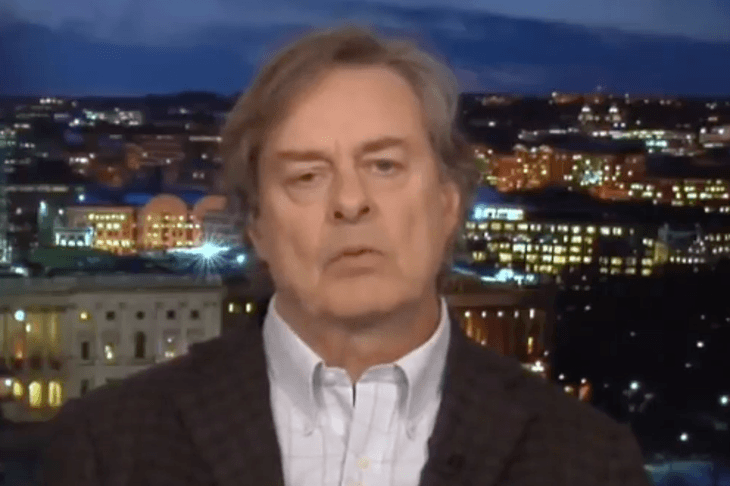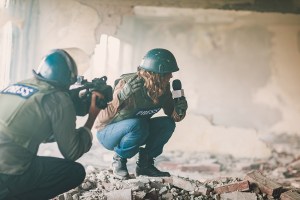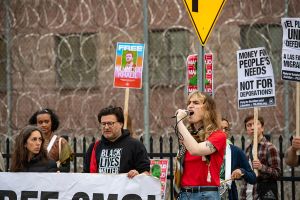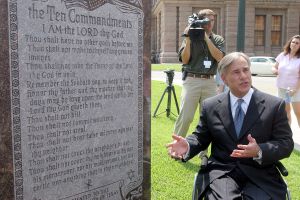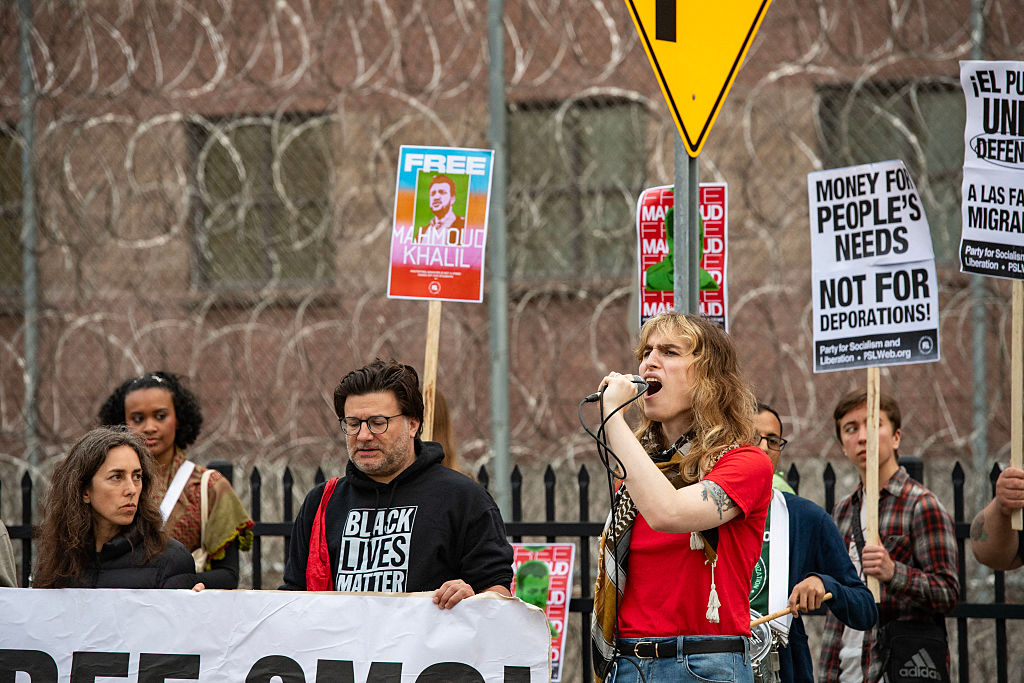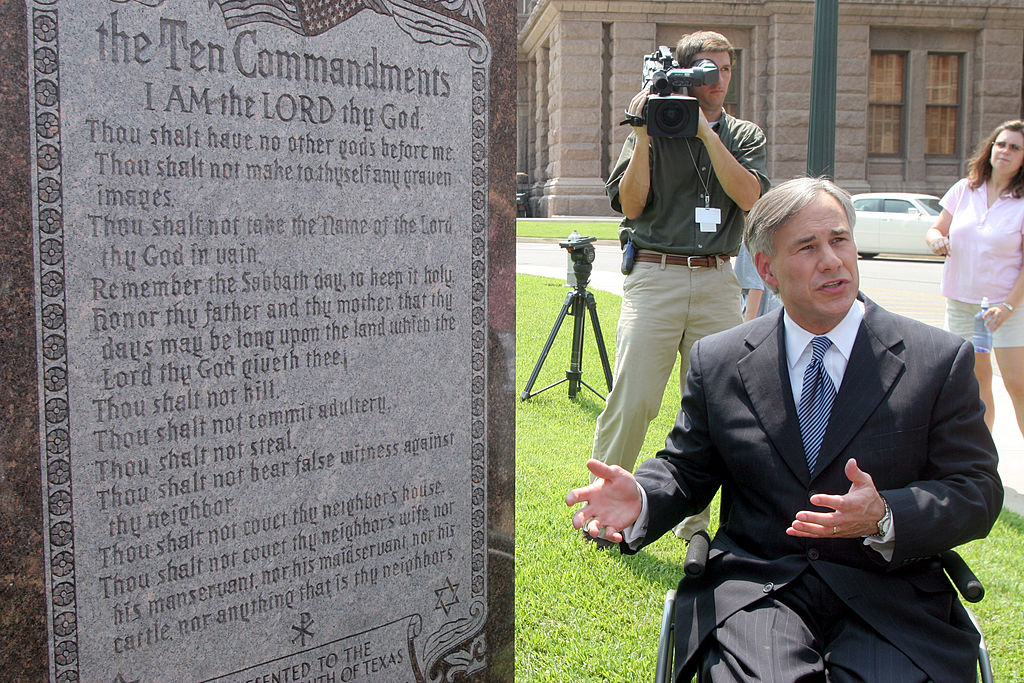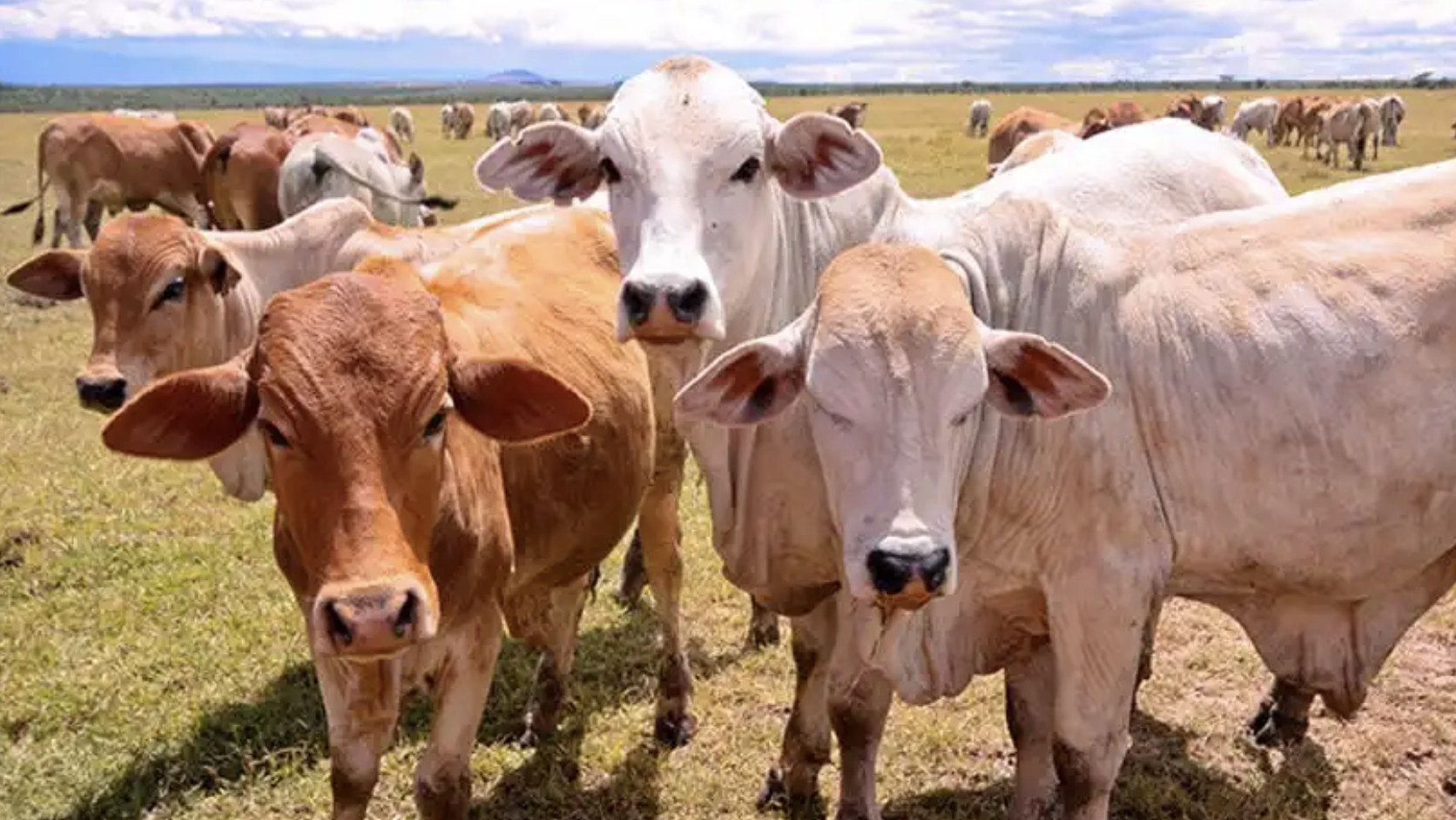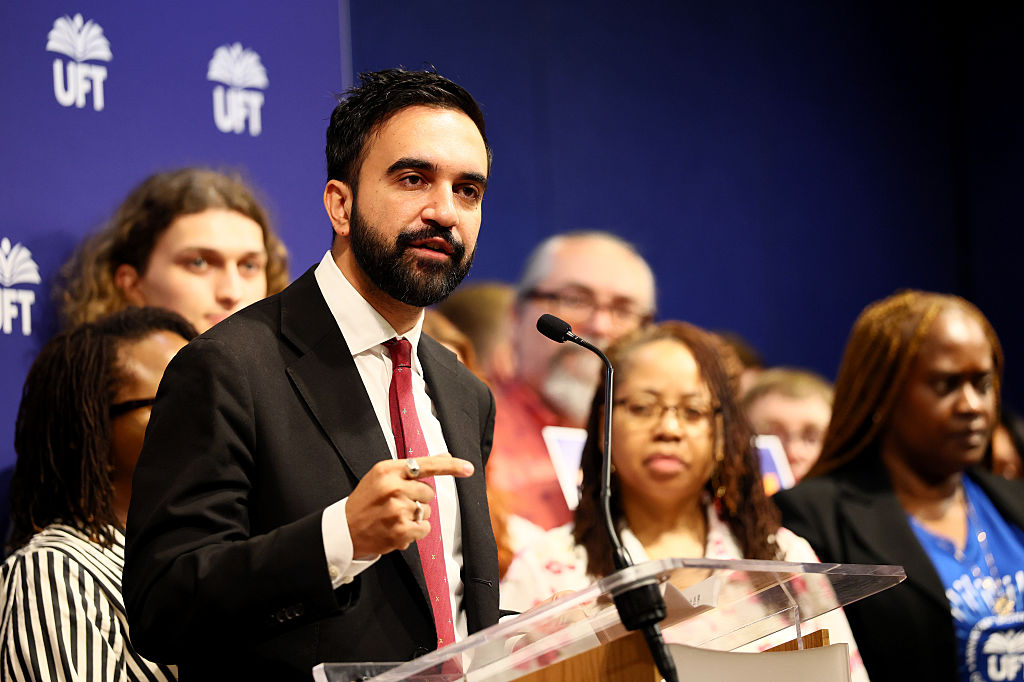Cockburn has some US readers confused. ‘The author’s name is Cock-burn?’ one tweeted, in response to our Stormy Daniels story. ‘No, Co-burn,’ a helpful Brit tweeted in reply. There is confusion, too, over whether this diary is penned by the distinguished journalist in Washington DC, Andrew Cockburn. We are happy to make clear, it is not. Cockburn – as our cartoon of a naval bicorn hat suggests – is named after Admiral Sir George Cockburn, the British officer who set fire to the Capitol and the White House in the War of 1812. This is not meant to antagonize our American readers — hell, many might actually like the thought of burning the swamp as much as draining it — rather it is in keeping with the tradition of British diary journalism, where often the most scoundrel names are adopted for comic effect.
The war of 1812 was the last war fought between Britain and the US. It began when President James Madison opportunistically invaded the British colony of Canada – Britain was otherwise occupied fighting Napoleon. The American forces set light to Toronto (then called York). Britain’s answer was a series of raids up and down the coast and then, finally, to torch Washington. On August 24 1814, Admiral Cockburn sailed up the Potomac. He began at the Capitol. ‘Shall this harbor of Yankee democracy be burned?’ he asked his men. The flames at his back, he rode up Pennsylvania Avenue to what he called ‘Madison’s white castle’.
Such was the speed of the British advance, and the rapid reversal of American fortunes, that the first lady, Dolley Madison, had prepared a victory dinner for 40 of her husband’s friends. Instead, the British raiding party sat down to eat it — Cockburn had often expressed a desire to be ‘among the guests in Mistress Madison’s drawing room’. The Admiral had an impish sense of humor: he took a souvenir, the cushion from the First Lady’s chair, because he had always admired ‘her seat’ (or posterior). Then the British, horrible thugs that they are, piled up some of the finest furniture in America – collected by Jefferson in Paris – sprinkled it with gunpowder, and set the White House ablaze.
Many of those in the British raiding party were freed slaves, armed and trained by the British, dressed in red coats and formed into the ‘Colonial Marines’. They were only too eager to go into battle against their former owners. Admiral Cockburn had declared that any slave – man, woman, or child – who reached the British lines would be taken in. Andrew Cockburn has written about this as Sir George is a distant ancestor. ‘George Cockburn was the most hated man in (white) America.’
All this explains the words of the Star Bangled Banner, written by Francis Scott Key, to celebrate Baltimore’s survival in another battle of this campaign:
No refuge could save the hireling and slave
From the terror of flight, or the gloom of the grave.
This embarrassing verse in what is now the US national anthem is no longer sung. Some have attempted to explain away ‘slave’ as a word for sailors pressed into service, or as a general term of abuse for subjects of the Crown. But that is wishful thinking: the meaning is clear. By the time the war was over, the British forces had freed as many as 6,000 slaves. This was more than tactical on Cockburn’s part; he seemed genuinely opposed to the institution of slavery. The Admiral refused to hand back American ‘property’ when the peace was signed. Instead he sent the freed slaves to Trinidad, where they were given land. Their ancestors live there to this day.
Cockburn also had a remedy for ‘fake news’. He had been repeatedly attacked as a ‘ruffian’ by a Washington newspaper, the National Intelligencer. He ordered his men to take apart the printing presses. ‘Be sure that all the C’s are destroyed, so that the rascals cannot any longer abuse my name.’ Then he ordered the building demolished brick by brick and the remains put to the torch. Let’s hope that President Trump does not get wind of this.



